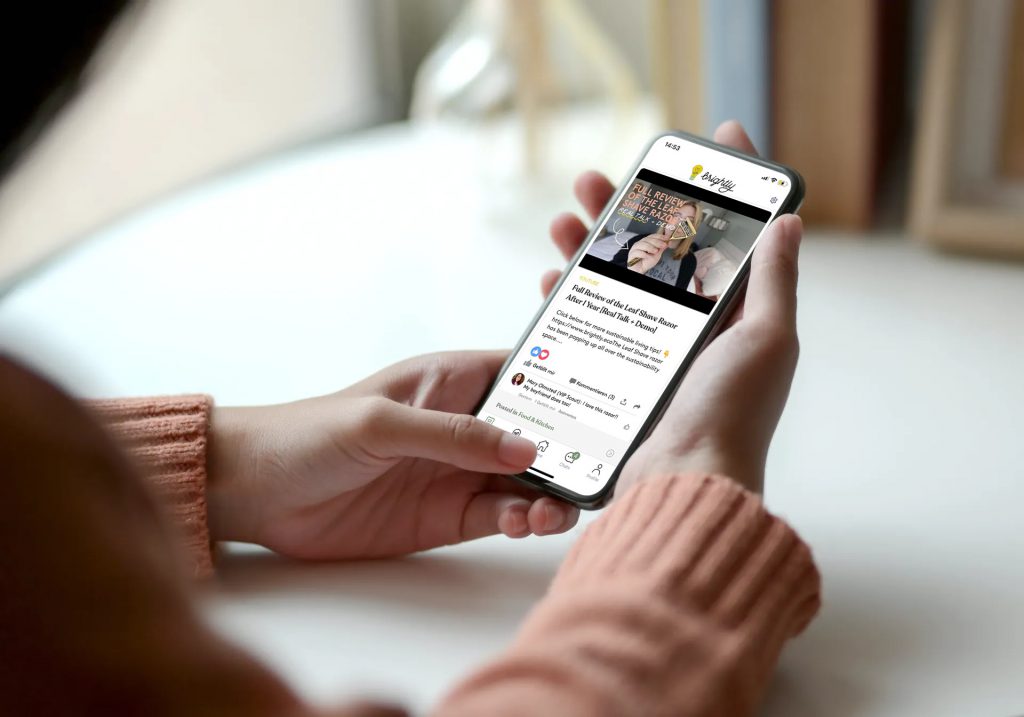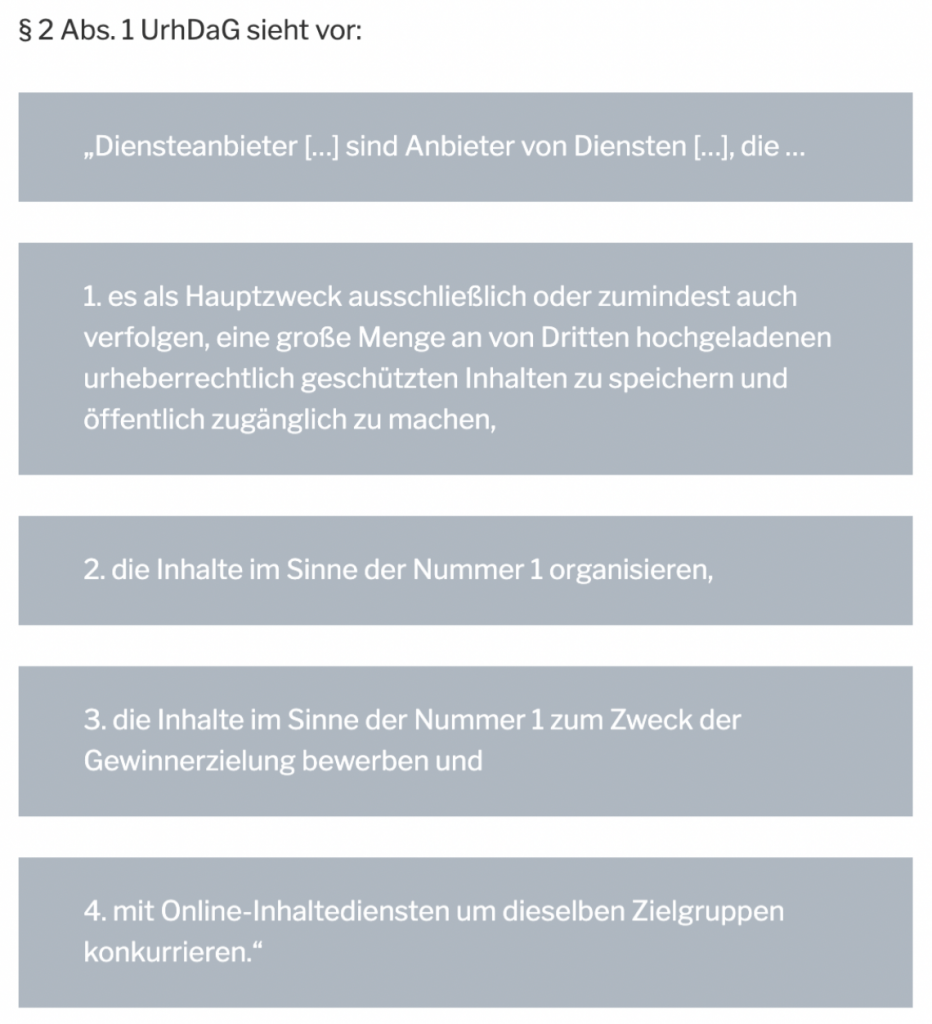
Just 16 million euros in expenses and less than one million in revenue – that was the balance sheet of the German ancillary copyright until the beginning of the year. Instead of allowing publishers to share in the advertising revenue generated by Google or Facebook, the law never got off the ground – and was then cashed in because of formal shortcomings.
With the new EU-wide ancillary copyright law passed in the summer, there is now a new regulation. This is supposed to create more clarity (see below: doesn’t really create it..). Many customers from different areas (especially internal communication) therefore ask us to what extent curating and sharing third-party content in their own app is affected by this and whether they now have to clarify rights with publishers.
In the following, we want to shed some light on the situation. Important: this is not legal advice, i.e. it does not replace clarification with lawyers in individual cases. Nevertheless, we think that some clarification makes sense.
Snippets are allowed
In line with the requirements of Article 15, the new ancillary copyright for press publishers underlines two key principles. On the one hand, affected service providers may continue to use content from press publishers on the Internet in the form of very short excerpts (under the so-called “snippet exception“) and link to them. At the same time, the law creates new rights for press publishers as soon as an extended preview of their content going beyond this is used online.
Unfortunately, the law does not define how long such snippets may be. Therefore, it is expected that this will be fought out over the next few years via lengthy court cases between Google and the publishers. Experts expect this to take between 5 and 10 years.
Definition of service provider
For most customers, whether they use an employee app or an app for specific target groups of internal or external communication, the term service provider is crucial. This is because the new ancillary copyright is aimed at specific service providers. In plain language: Google, Facebook & Co. because the publishers ultimately want to share in their revenues.
So how is the term interpreted here in concrete terms? The following can be found here in the legal text:

This means: for companies that use digital content for internal purposes, for non-public applications and, above all, not for the purpose of concrete profit-making, the ancillary copyright does not apply, as these are simply not service providers in the sense of this law.
This ultimately reflects the intention that this law should create more pressure in the direction of the large U.S. digital platforms. It is not and never has been about asking companies to pay for the digital use of preview snippets.
Exceptions for startups
Our customers of course include start ups and publishers themselves, i.e. offerings that definitely fall under the definition of service provider. For these, there are 2 special rules in point 4 of the above paragraph.
In this context, “smaller” service providers with annual revenues of less than EUR 1 million and startups with annual revenues of less than EUR 10 million are treated differently.
We recommend checking this more closely in each individual case. However, the good news is that the legislator is well aware that smaller providers cannot be subjected to the same rules and requirements as the large social media platforms.
Summary
Ultimately, the new law means: Application purposes of internal communication in companies or agencies are not covered by it. It does not apply.
There are special provisions for start-ups and smaller providers. This is because the ancillary copyright is primarily aimed at Facebook, Google & Co. They will certainly have to deal with it for many years to come in the context of legal proceedings.






